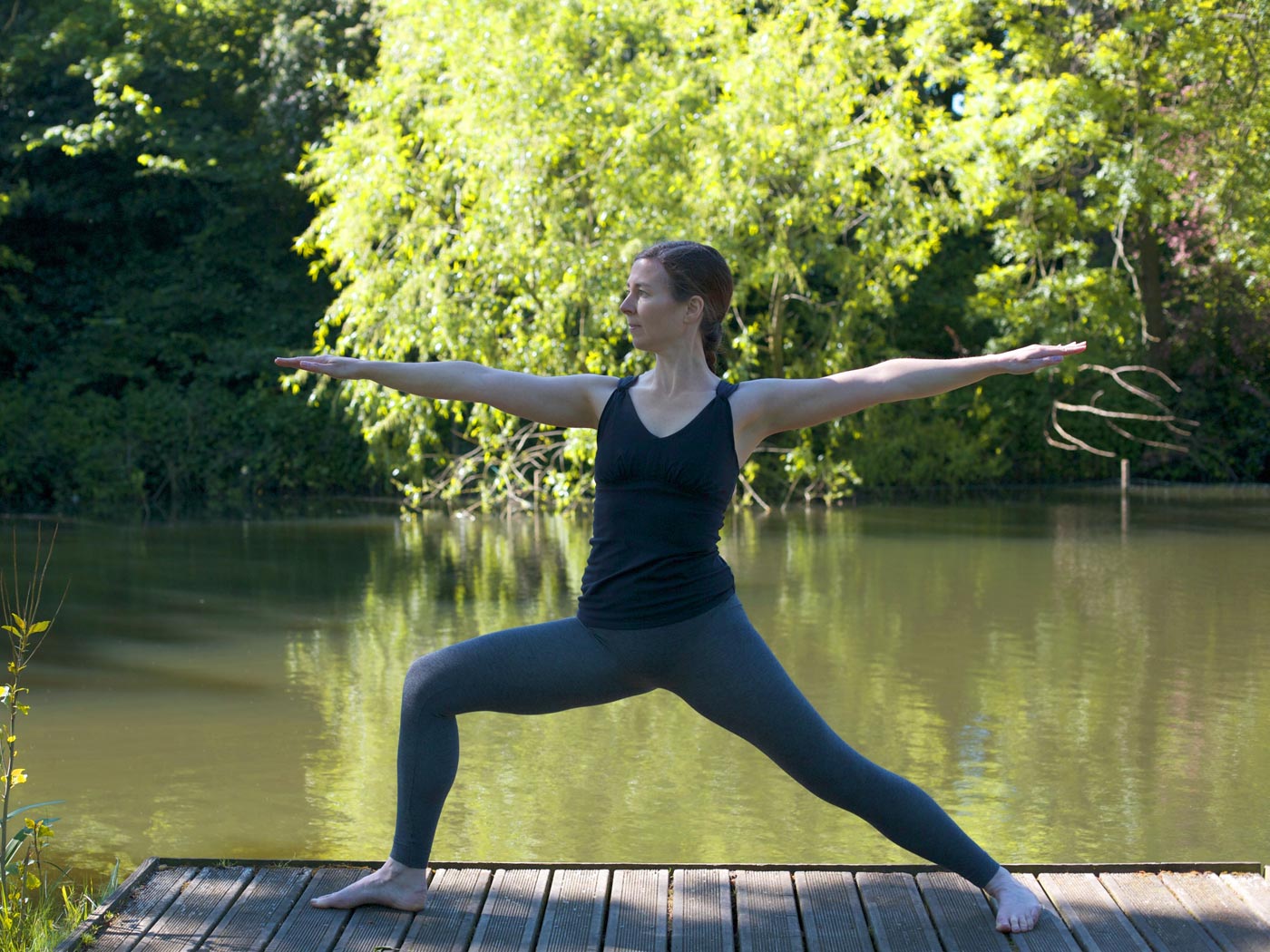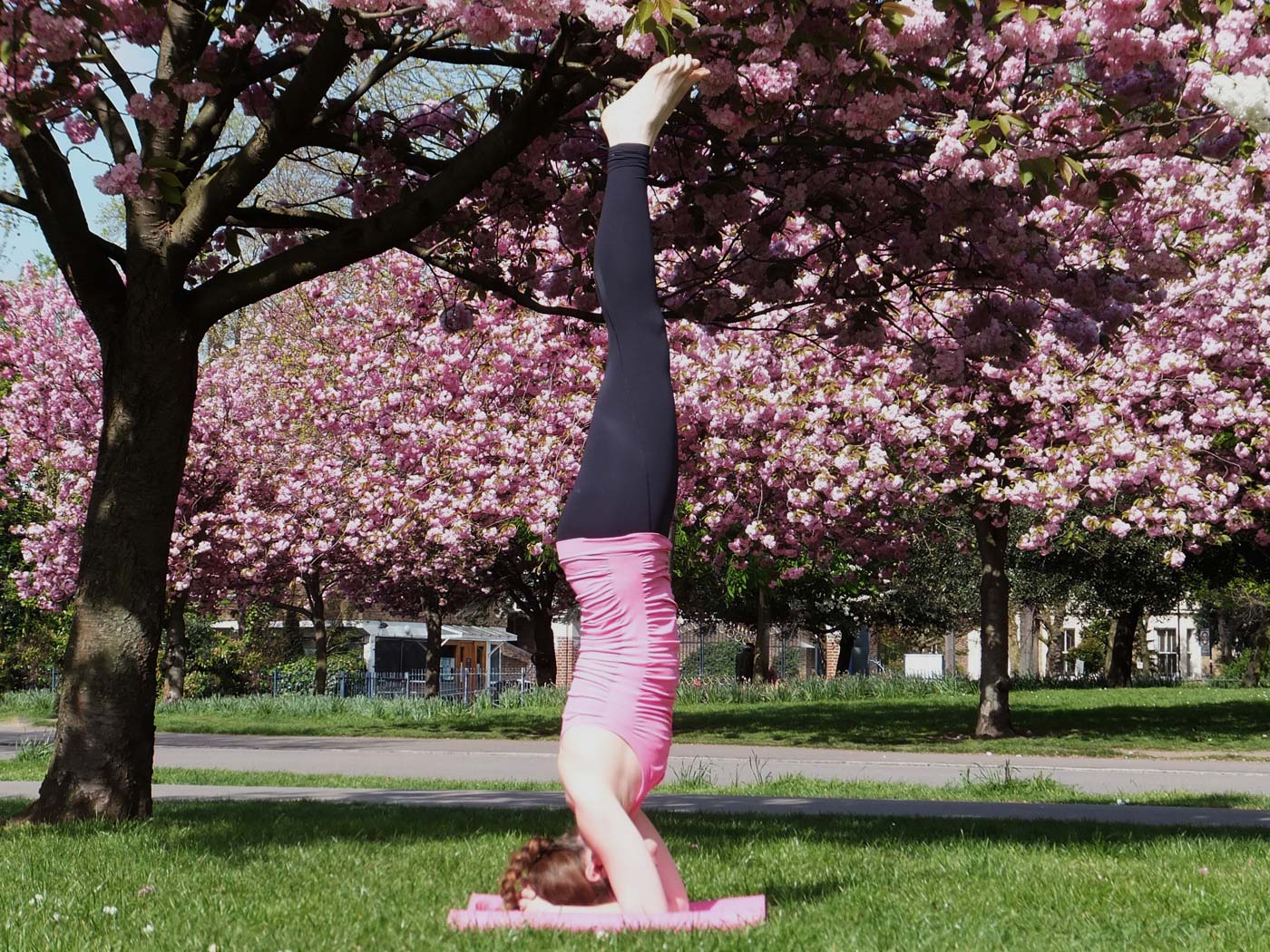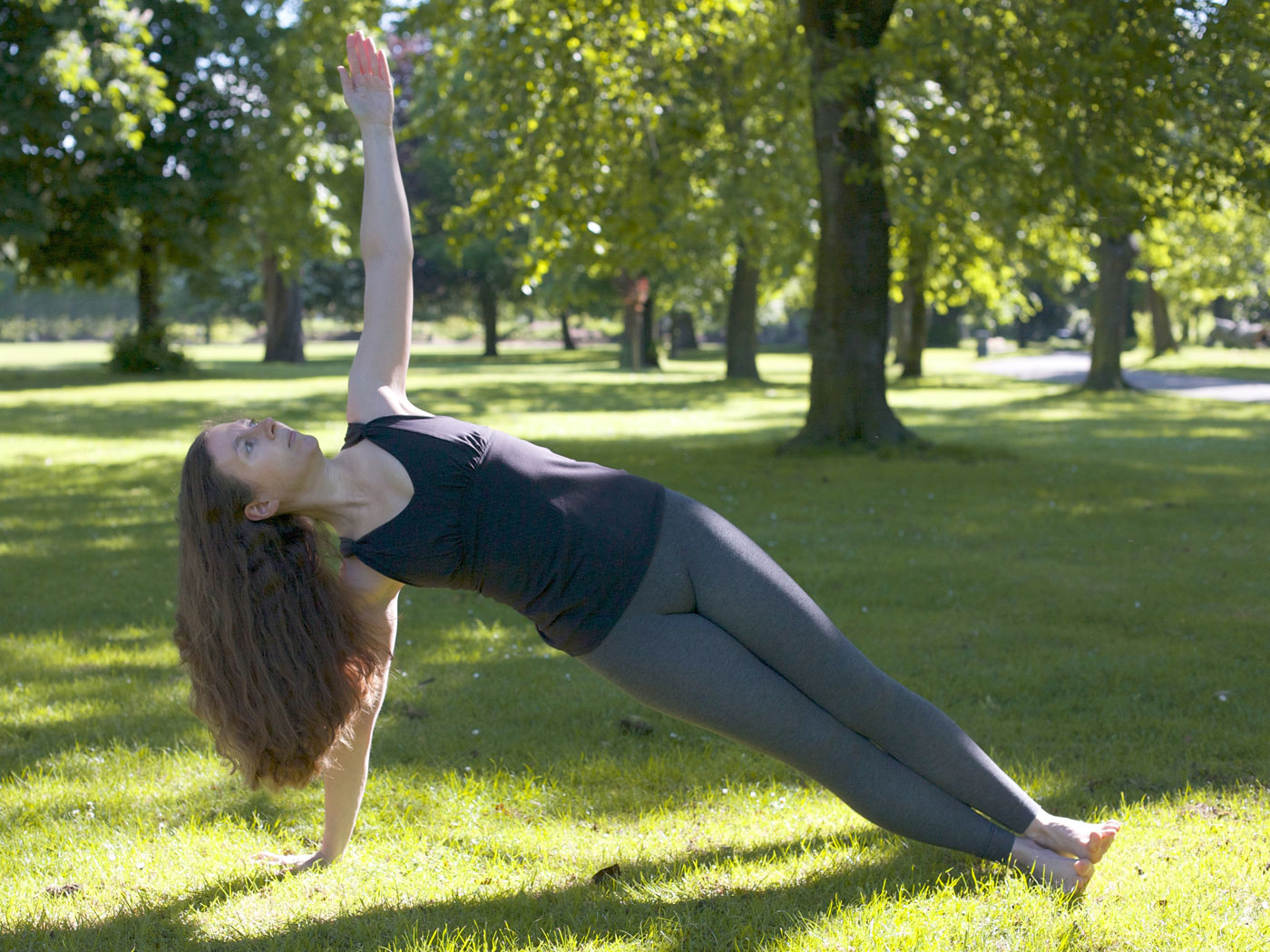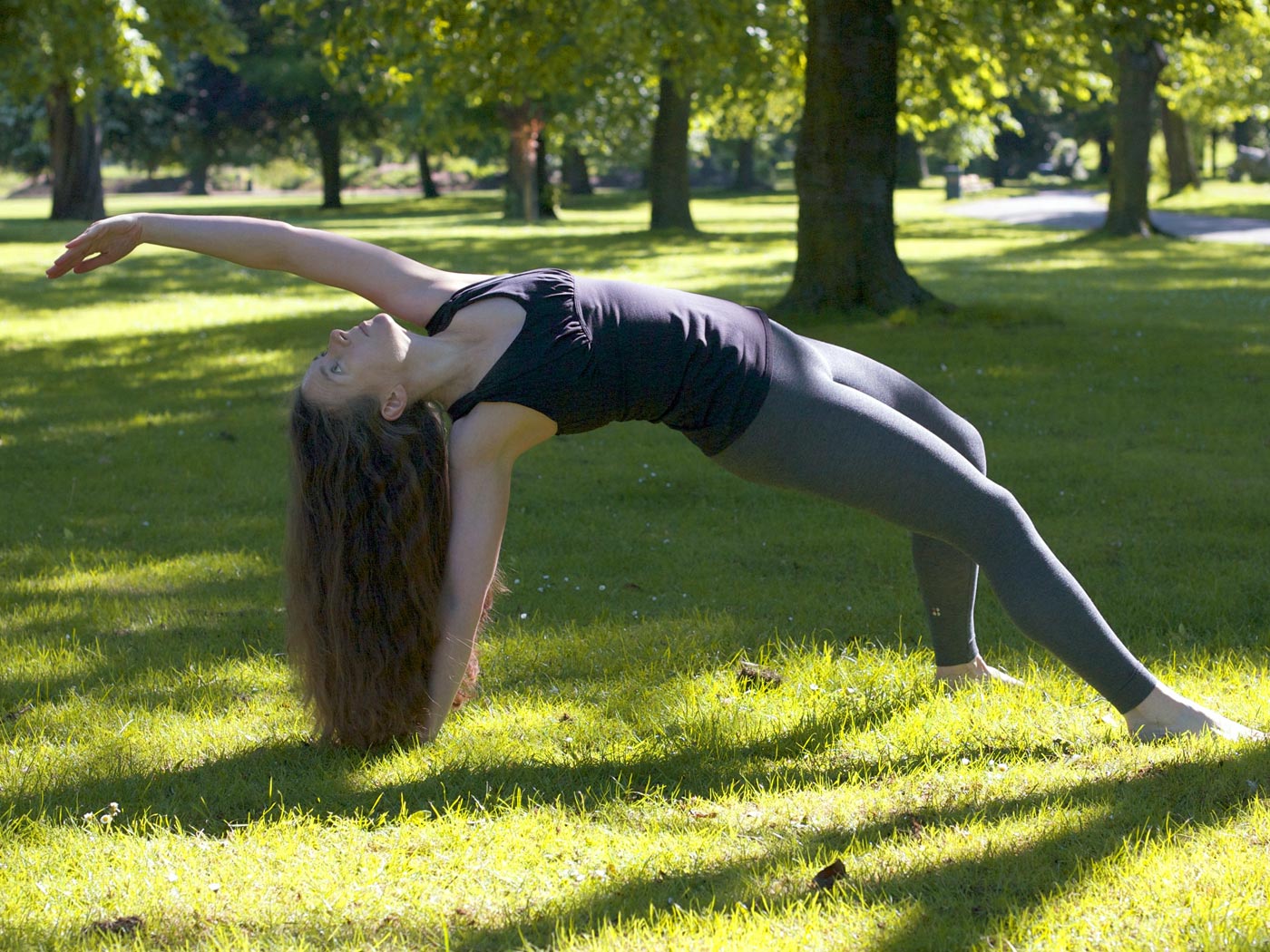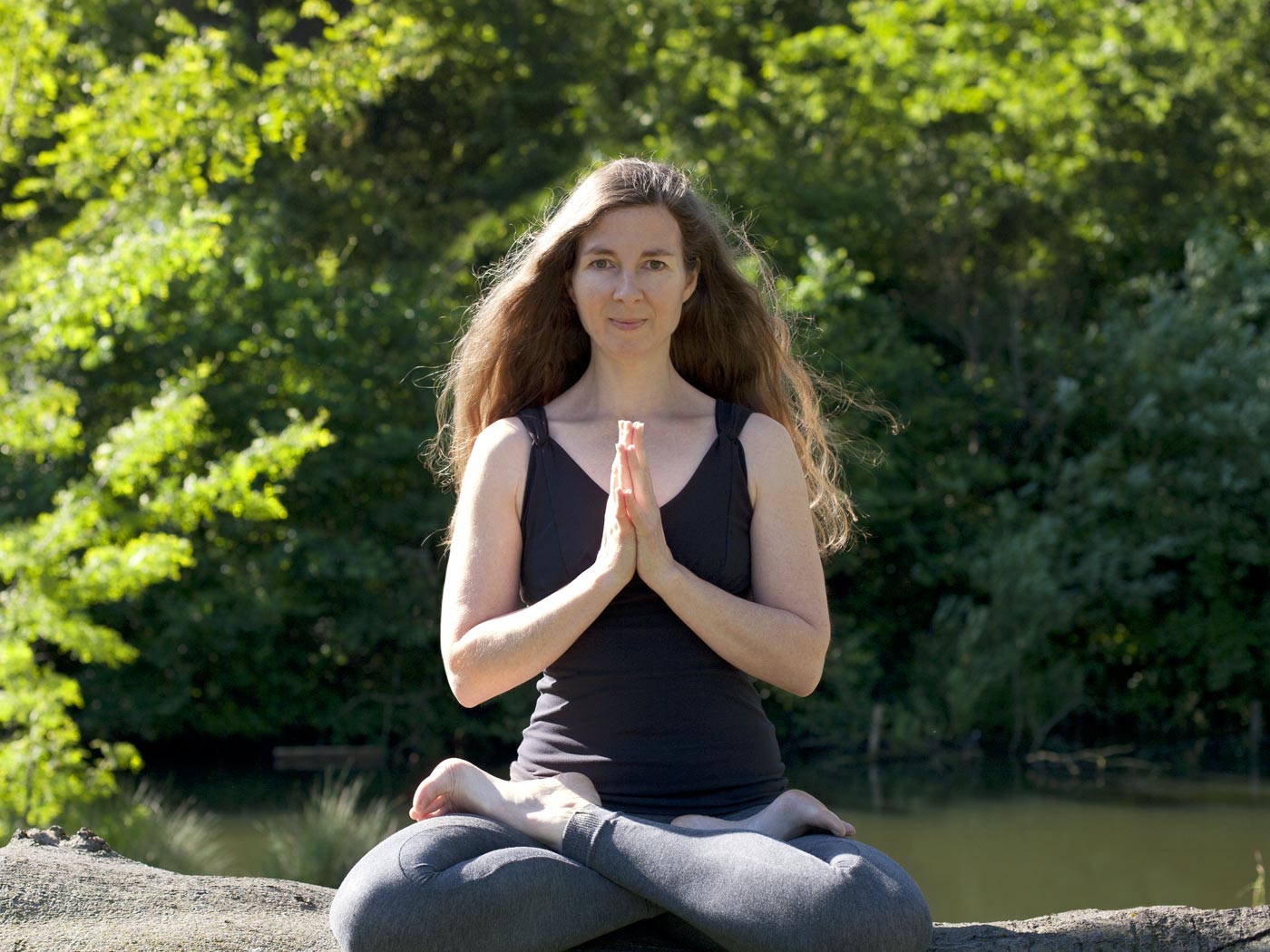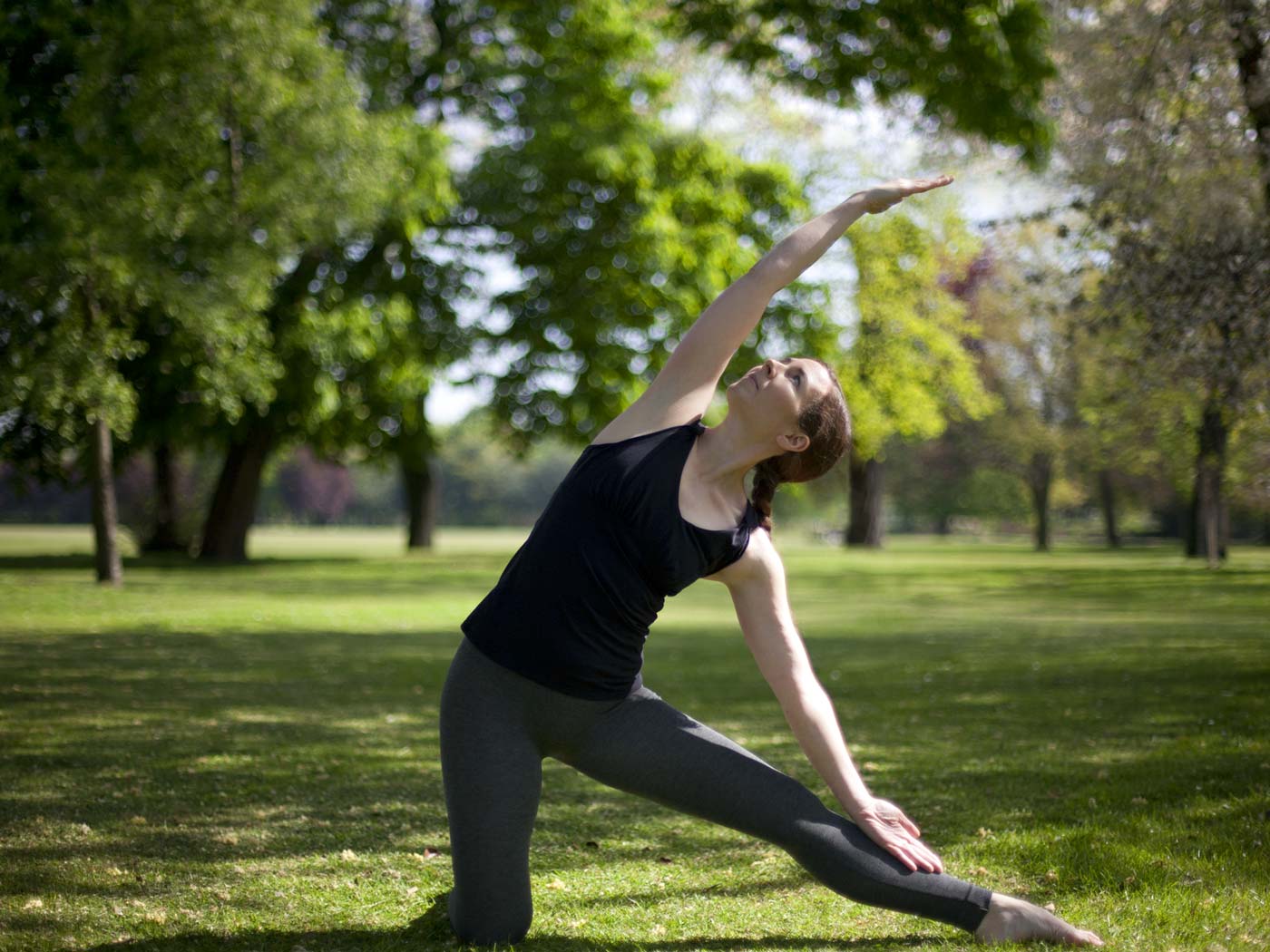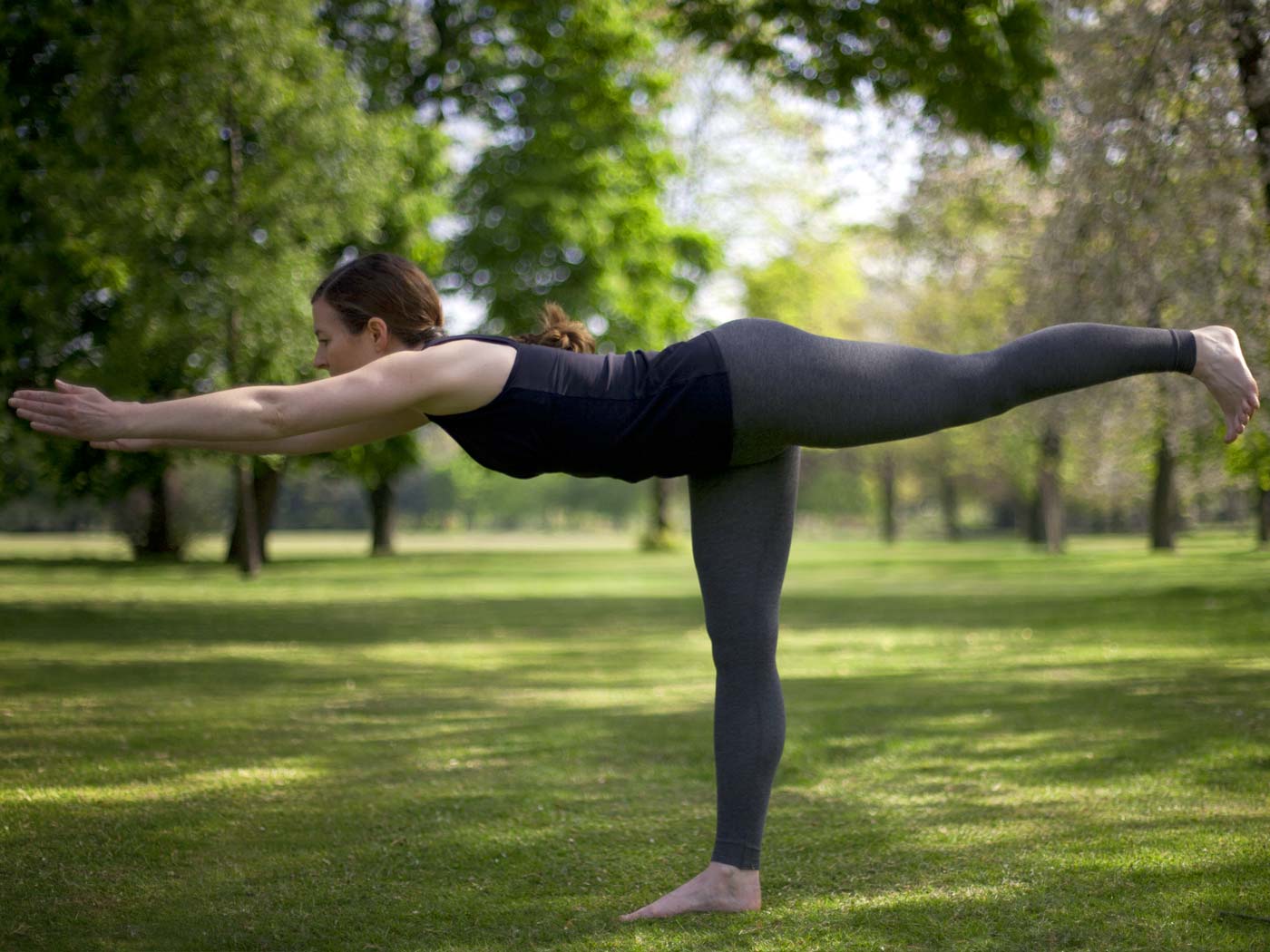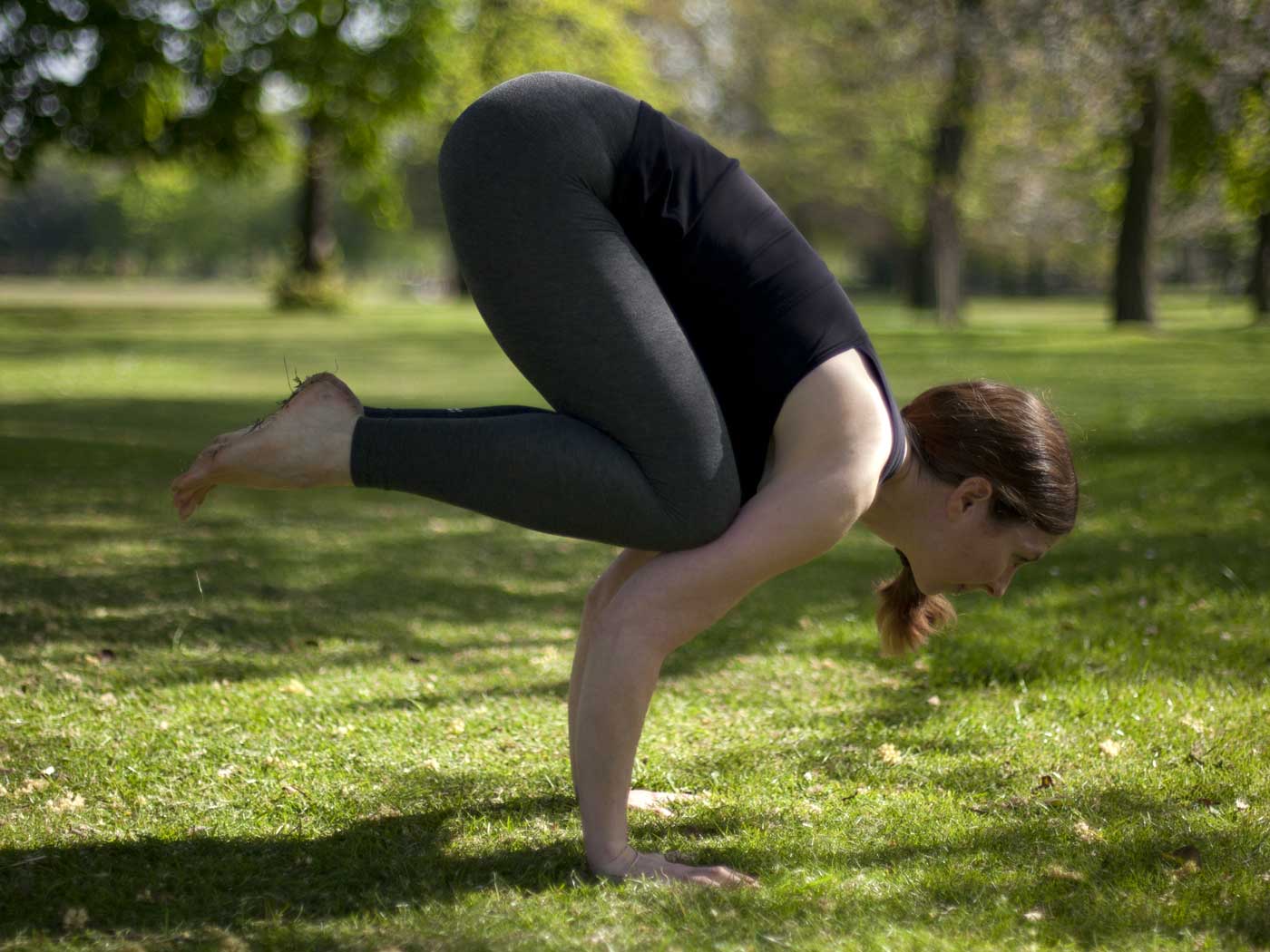Learning to Slow Down, Soften, Release and Restore

“When you lose touch with inner stillness, you lose touch with yourself. When you lose touch with yourself, you lose yourself in the world. Your innermost sense of self, of who you are, is inseparable from stillness.” – Eckhart Tolle
Sarah Burgess writes:
“As our lives become ever busier, more hectic and stressful, there is a greater need than ever for us to take regular time to stop, slow down, release and restore. Modern day life has us running around firing on all cylinders and in “fight or flight” mode (activated by the body’s sympathetic nervous system) most of the time. The effect of this increases our blood pressure, speeds up our heart, raises blood sugar levels, elevates levels of stress hormones such as cortisol, causes problems with our digestion, redirects blood away from our internal organs (making them function less effectively) and makes our breathing faster and shallower. Doesn’t sound so great does it?
It’s not a problem if the sympathetic nervous system is activated for short periods of time, which evolution designed it to do back when we were fleeing tigers in the jungle. The problem is that the stress and relentless pace of modern life leads to people being in this state most of the time and that’s when the problems with our body and mind start to happen.
Restorative yoga can combat the effects of all of this running around at high speed by kick-starting our “rest and digest” or para-sympathetic nervous system and bringing our whole system back into more harmony. This enables our body to rest, recover, and regenerate itself. Activation of the “rest and digest” or relaxation response helps to lower blood pressure, slow our heart rate, boost immune function, restore good digestion, reduce our anxiety and stress levels and improves our sleep.

Restorative yoga is by nature a receptive practice rather than an active practice, and in that receptivity you can guide yourself towards a more healthy and balanced state of being. It is a practice of consciously turning inwards, of quietening the body and mind, and kindly nurturing ourselves. Restorative yoga is a more internal practice like meditation, relaxation or yoga nidra rather than like other more dynamic forms of yoga. Restorative poses are be held for anything between 5 and 20 minutes and you are always supported and held in these shapes with the aid of blocks, bolsters, cushions and blankets. When you are in these passive postures supported by props, and thereby using no muscular effort, the focus can really be on releasing the grip of deep muscular and inner tension, and you can begin to feel more spacious and receptive, both physically, mentally and emotionally.
The beauty of restorative yoga is that there are no goals of stretching, strengthening or “getting somewhere” in the pose. All you need to do is set up the pose and then simply be there, tuning into your body, your breath and exploring what happens when you slowly release your habitual ways of holding. Since restorative poses are held longer than more active yoga poses, they have time to really penetrate our bodies’ systems, including our mind and emotions, and thus creating significant shifts in both physical and mental health.

Restorative yoga is an incredible way of helping to heal the whole body and mind. In activating the para-sympathetic or relaxation response it helps to balance the whole nervous system and sets up the whole body for deep healing, growth and repair. Specific sequences of restorative poses can be used to help with numerous issues, including relieving back pain, menstrual and menopausal symptoms, stress, anxiety and depression, digestive disorders, insomnia, exhaustion, headaches and asthma.
As we settle into and stay in these longer held poses we slowly begin to create more space in those places that are holding tension, settling our awareness on them so they begin to change or loosen in ways they maybe haven’t for months or years. As we are so accustomed these days to holding ourselves together at all cost, it can sometimes be a little unnerving to begin to let go and surrender that rigidity, and for some people it can be very challenging to just “be”. But as we continue to stay and soften we can begin to find more ease in both our bodies and minds, and shift into a different way of being, both during our practice and in our daily life.
Restorative yoga can be seen as a special treat, and time to really slow down and let go, a little like having a massage. As with all practices though, the more often we do these slower and longer held poses, the more we can reap the benefits. It’s also worth remembering that in order for us to be able to really surrender and release deeply held tensions it’s important to take time and care when setting up our props for these poses, so that we can feel completely at ease and almost cocooned in each pose.

Another great benefit of restorative yoga is that is that it can be a great segue between more active yoga practices and meditation. As the body begins to really settle in these poses, so the breath can slow down and the mind can also begin to find more stillness and spaciousness. So it makes it a perfect preparation for meditation practice. And indeed we can bring many of the main tenets of mindfulness meditation into our restorative practice, as we aim to stay aware of our bodies, the sensations that arise as we remain in the poses and the feelings and emotions that may come up, observing all of these without judgement. Both practices have the same qualities of acceptance, allowing, surrendering to the present moment and stillness. It’s also a great preparation for yoga nidra.
The American philosopher Ken Wilber writes beautifully about the need for balance in all aspects of our being, and these slower practices of restorative yoga can help us to find that inner harmony in our minds, bodies and lives:
“In addition to learning how to take control and assume responsibility, a person also needs to learn when and how to let go, to surrender, to go with the flow and not resist or fight it. Letting go versus taking control — this is, of course, just another version of being versus doing, that primordial polarity of yin and yang that assumes a thousand different forms and is never exhausted. It’s not yin or yang [that] is right, that being is better than doing — it’s a question of finding the right balance, the natural harmony between yin and yang that the ancient Chinese called the Tao — between doing and being, controlling and allowing, resisting and opening, fighting and surrendering, willing and accepting.”
So why not take some time out to let go, slow down and just see what happens? You may soon find yourself wanting to carve out time to do this every day!”

Sarah teaches regular Sunday afternoon workshops in East London focusing on slowing down and finding more inner space and tranquility through the practices of gentle movement, restorative yoga, yin yoga, pranayama, yoga nidra and meditation. More details can be found here
She is also available to teach 1-2-1 restorative yoga sessions in your home or at various locations in Hackney and Bethnal Green.
